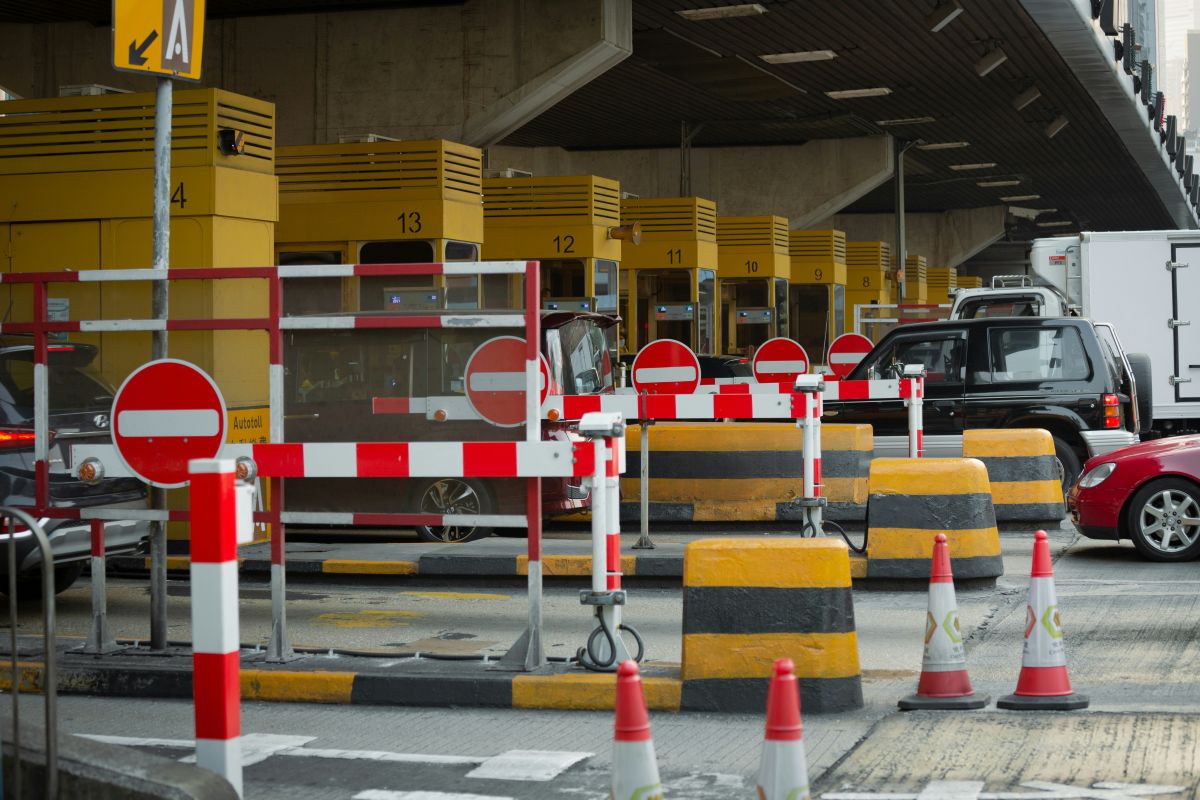A changing face of P3 transportation infrastructure investments?
Long-term reliable rates of return have made transportation infrastructure P3 investments popular with institutional investors.

Long-term reliable rates of return have made transportation infrastructure P3 investments, primarily in toll roads and urban transit systems, popular with institutional investors, such as pension funds. In recent years, P3 projects in these sectors have typically been based on the private partner being remunerated through long-term government payments (so called ‘availability payments’) rather than through user payments (such as fare and toll revenue). This has meant that the demand risk for these projects has been retained and managed by the public sector. However, as institutional investors seek higher returns, there is evidence of a gradual evolution in the investor market towards alternative P3 structures which are developed with early private sector involvement and increasingly involve the transfer of more demand risk.
The North American transportation infrastructure P3 market has in recent years been characterised for investors by ‘government-pays’ rather than ‘userpays’ projects. The key risks transferred to the private sector under these projects are construction risks (e.g. construction delay and cost overruns) and operational risks, rather than demand risks. Under these projects, once construction is successfully completed and the project is operational, the risk profile of the project changes dramatically with significantly less risk to their shareholders during the operational period. Income is stable and inflation mitigated through indexation. These core assets are well understood by public sector project promoters and a perfect fit for many institutional investors with a predictable payment obligation to their members.
However, these core assets are becoming less attractive to investors because of downward pressure on returns. There are two potential reasons for this:
- Demand for these core assets is greater than the supply and availability of projects available in the market to invest in. This is because returns on other safe, stable investments such as government bonds have dropped significantly since the financial crisis, so investors are looking more and more to infrastructure as an alternative asset class with higher returns. This is evidenced by the creation of new infrastructure funds, many of whom are competing for the same set of assets and this is pushing returns downwards.
- Sellers of these assets (typically construction firms) are demanding higher prices for these assets to compensate for the risks they have taken through the construction period and the need for them to raise as much from the sale as possible so they can recycle funds into new projects. This has the further effect of pushing down rates of return on these assets for investors.
The consequence of this is that returns on core assets have gone down.
To the benefit of all, an alternative structure for the core asset class of investments may be taking off, one that is characterised by early private sector involvement, private finance and long term demand risk transferred to the private side. In this structure, investors enter into an exclusive agreement with a public authority, such as a county or city, to assess feasibility of a transportation infrastructure solution and develop a plan and conditions to deliver. The agreement should clearly stipulate the route to award and would normally also include compensation for costs made in case of pre-award termination. The public side will always have the final say in a go/no-go decision. Early examples were unsolicited toll roads such as the California 91 Express Lanes and the Washington D.C. Beltway (I-495).
Lately they also include public transit solutions. Montreal’s Réseau Express Métropolitain (REM), a 67 kilometer rapid transit system under construction is a prime example of early private involvement, speedy feasibility and decision-making, private financing (over 6 billion CAD) and long-term demand risk to the investor, CDPQ. Although the direct award to CDPQ drew criticism that others may have been equally well placed, the negotiated agreement allowed CDPQ to apply its global capacity and experience on similar urban transit projects, develop the project and run the procurement in a record time of less than two years to contract signature. CDPQ will assume both construction and long-term usage risk and is remunerated with a commercial return on its multibillion-dollar investment.
Whether this contractual P3 structure with early private sector involvement, private finance and long-term usage risk transferred to the private side really expands the portfolio of transportation infrastructure projects being delivered is dependent on the project promoter’s appetite to explore this alternative to the traditional core asset structure and the ability of investors to forecast and control development costs, usage and revenues. The various project examples that are now being developed provide evidence to suggest that the new P3 structure may indeed take off.
















